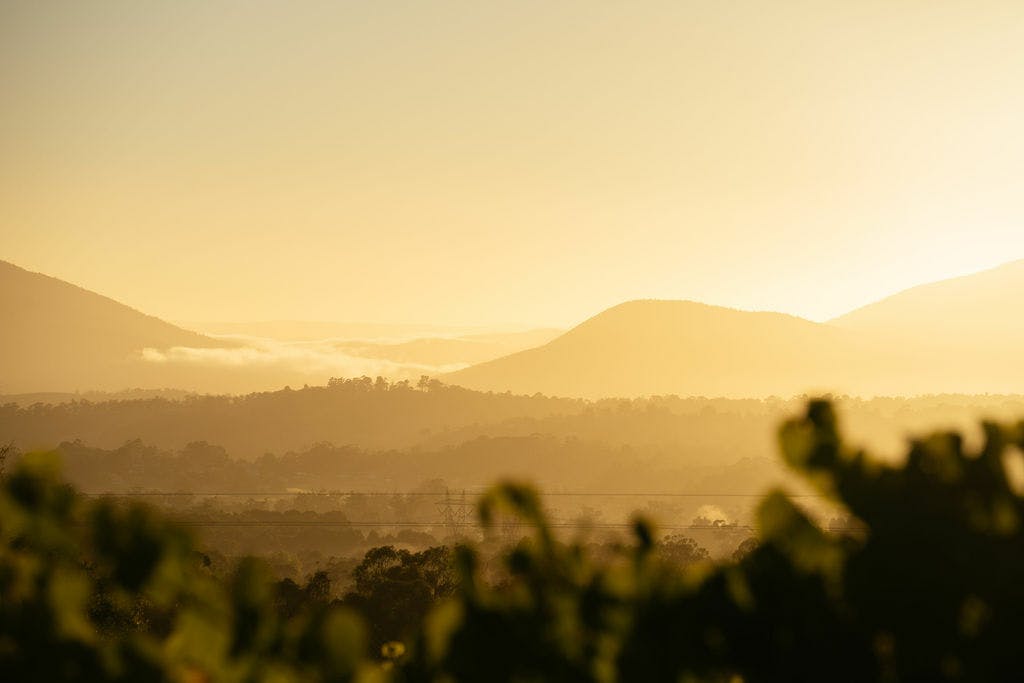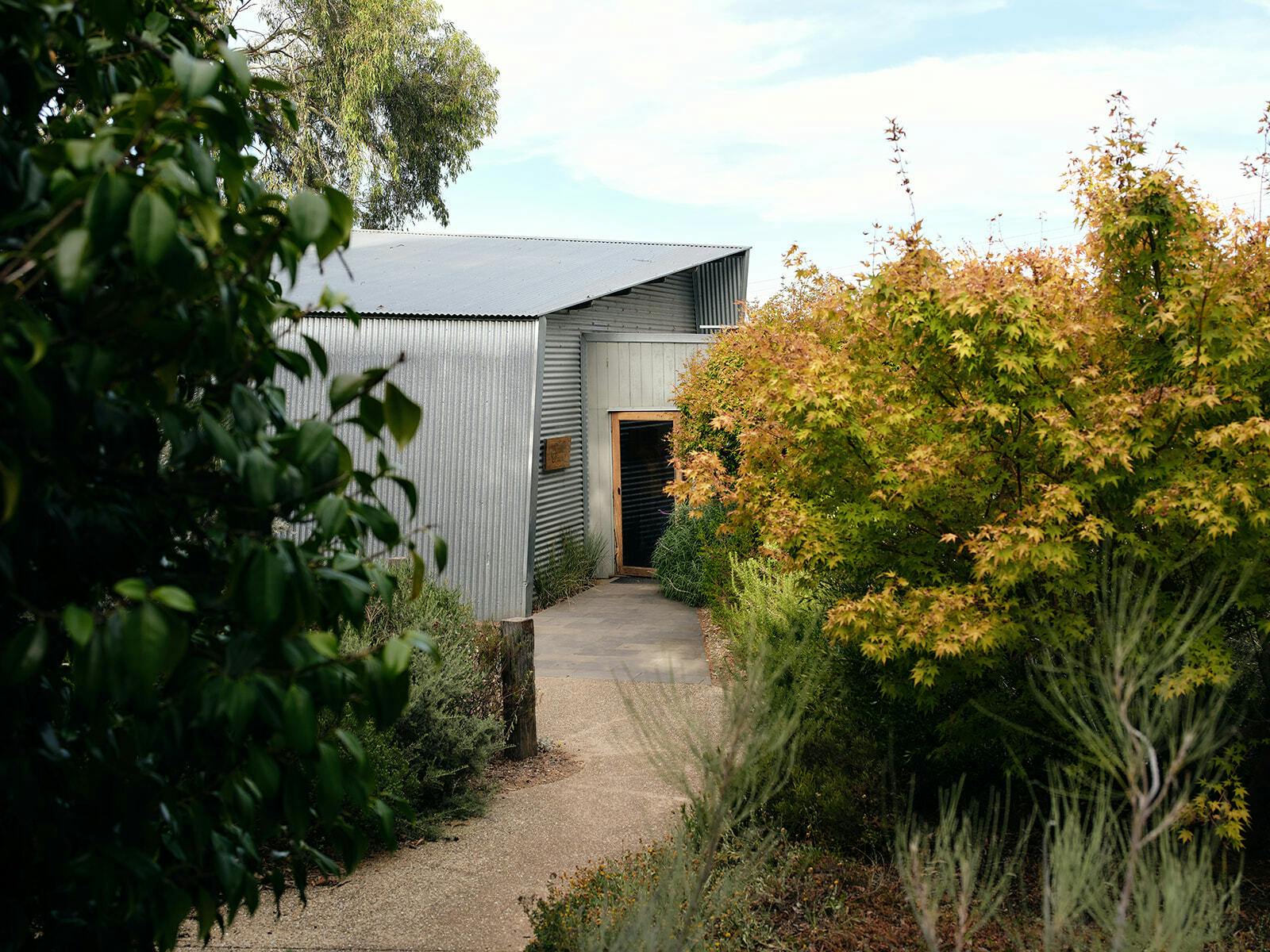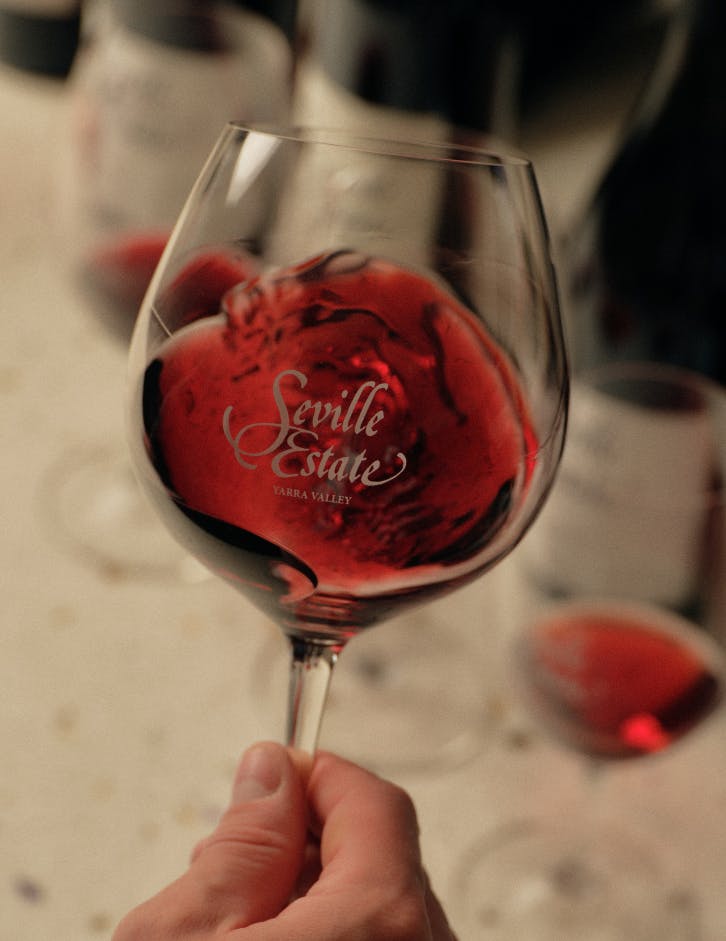Just one-hour east of Melbourne, the Yarra Valley is arguably Australia’s most famed cool-climate wine region. Its history stretches right back to 1838, when the first vines were planted at Yering Station. Through the 19th century the region grew in notoriety with many Yarra Valley wines receiving acclaim and awards at both domestic and international competitions.
Unfortunately, economic hardships from World War I and the Great Depression saw a need to turn the vineyards over to grazing and primary agriculture. Vines were pulled out and wineries were closed. The once lauded wine region fell dormant and remained this way until a handful of visionaries returned to usher in its re-birth. Some of the Yarra Valley’s original wineries were revived, including Yering Station, Yeringberg and St Huberts, and a number of new wineries were established. Among this new wave were Yarra Yering, Mount Mary and Seville Estate – but we were the only winery to break ground in the Upper Yarra Valley.
Today the Yarra Valley is recognised as a world-class cool climate wine destination. It is a relatively large region that stretches from Kinglake down to Emerald and deep in the Yarra Ranges. Across this expanse are undulating hills, unique topographies and distinct soil compositions that result in a range of styles. Wines produced in the Lower Yarra and from the valley floor generally offer bigger and bolder expressions. Those from the Upper Yarra are typically bright and varietal focused with brilliant structure and natural acidity that affords decades of cellaring potential.

Our Story
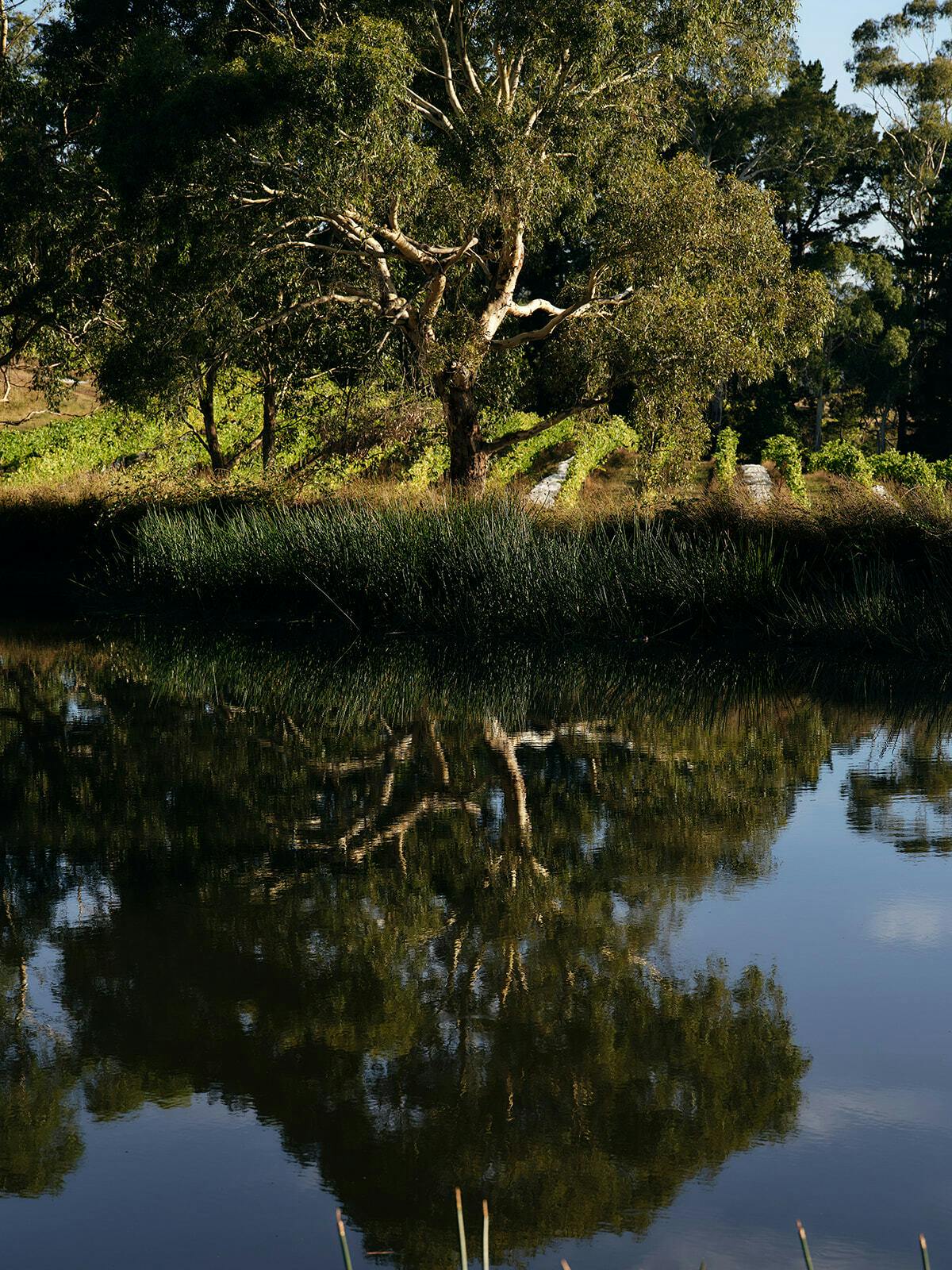
RE-BIRTH OF THE COOL.
A PIONEER OF THE UPPER YARRA VALLEY.
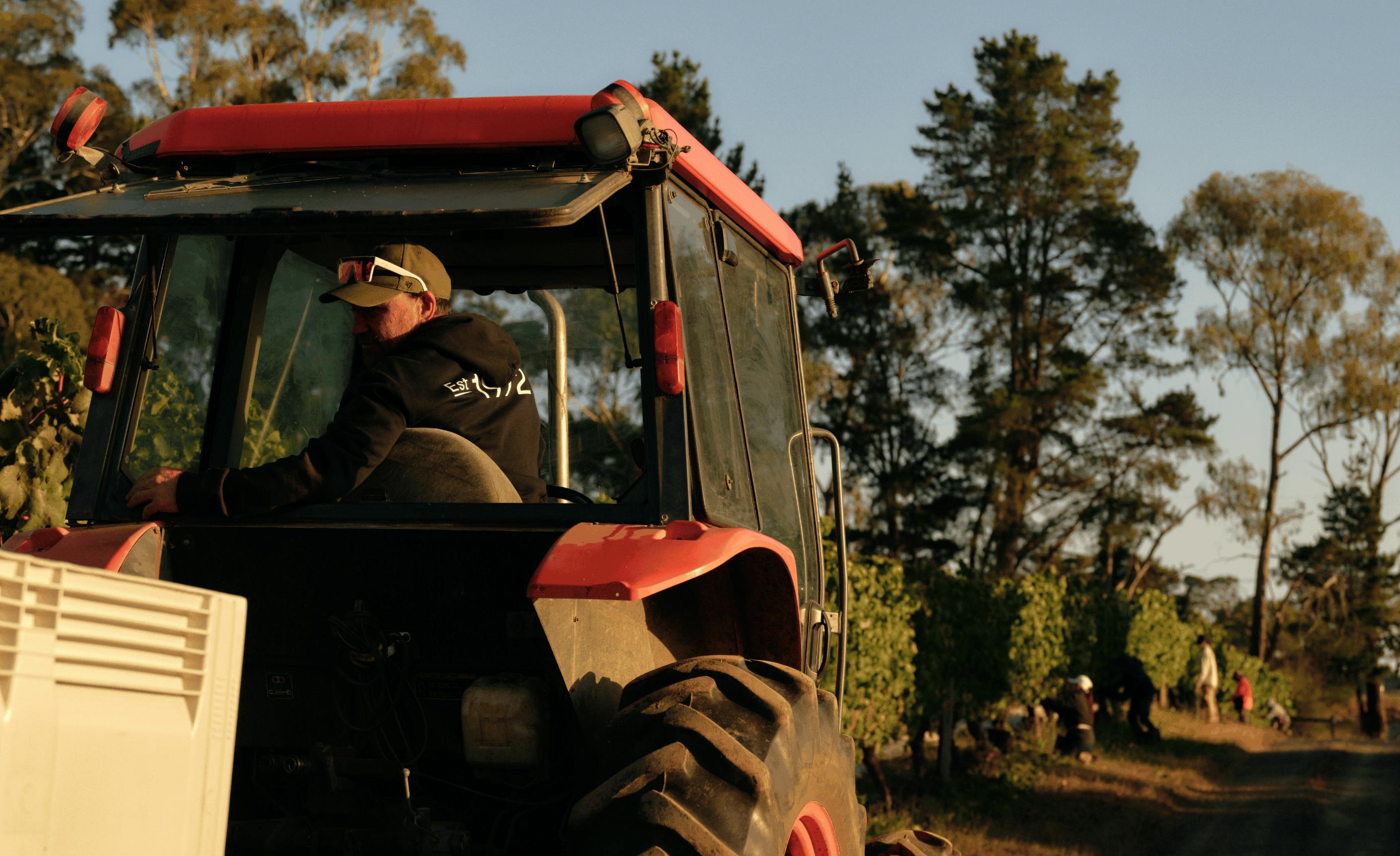
THE ALLURE OF RED VOLCANIC SOILS
When Dr Peter and Margaret McMahon planted the first vines at Seville Estate in 1972, it marked the beginning of a new chapter in the history of the Yarra Valley. While most vignerons were fixated on being near the valley floor, the McMahons decided to set shovel to soil in a secluded pocket of the Seville hinterland. It was a bold decision, given that the Upper Yarra Valley is much cooler and receives much more rainfall. One concern loomed over their heads – were the grapes going to ripen?
Though first drawn in by the beauty of the red volcanic soils, the McMahons also knew that these grounds were incredibly fertile. If it were anywhere else, the grapes would ripen too quickly. In our restrained micro-climate, however, the vines enjoy a long and steady ripening period producing berries with depth, mineral complexity and hallmark natural acidity. The educated roll-of-the-dice has indeed paid off.
Though first drawn in by the beauty of the red volcanic soils, the McMahons also knew that these grounds were incredibly fertile. If it were anywhere else, the grapes would ripen too quickly. In our restrained micro-climate, however, the vines enjoy a long and steady ripening period producing berries with depth, mineral complexity and hallmark natural acidity. The educated roll-of-the-dice has indeed paid off.
"The thing you look back on, is that Seville Estate and our friends showed the wine industry that there were other places in Australia to grow grapes than just the warmer climate regions. The production of high-quality wines proved that cool climate is really the way to go.” – Dr Peter McMahon, 1998.
rich heritage
COOL CLIMATE CLASSICS THAT CONTINUE TO IMPRESS
From its first vintage, Seville Estate quickly established itself as one of the Yarra Valley’s finest producers. Surprisingly, in a region more renowned for its Cabernet Sauvignon and Pinot Noir, it was the Seville Estate Shiraz that received the most attention and quickly became one of Victoria’s most sought after wines.
Along with Shiraz, the first 1972 plantings included eight hectares of Pinot Noir, Chardonnay and Cabernet Sauvignon.
Today, the estate encompasses a little over 10 hectares of vineyards, with many of the original plantings still producing exceptional quality fruit. The Seville Estate style has changed very little since its early days. There continues to be a focus on elegance and finesse, with a determination to stay true to the vineyard and vintage influences.
After more than five decades, these cool climate classics continue to receive acclaim by critics. Wines regularly score 95+ points upon each release and Seville Estate itself was named ‘Winery of the Year’ at the 2019 Halliday Wine Companion Awards.
Along with Shiraz, the first 1972 plantings included eight hectares of Pinot Noir, Chardonnay and Cabernet Sauvignon.
Today, the estate encompasses a little over 10 hectares of vineyards, with many of the original plantings still producing exceptional quality fruit. The Seville Estate style has changed very little since its early days. There continues to be a focus on elegance and finesse, with a determination to stay true to the vineyard and vintage influences.
After more than five decades, these cool climate classics continue to receive acclaim by critics. Wines regularly score 95+ points upon each release and Seville Estate itself was named ‘Winery of the Year’ at the 2019 Halliday Wine Companion Awards.
A SMALL AND UNITED TEAM
Seville Estate is privately owned and operated by a core group of four individuals. Each person has their role, but we also rely heavily on each other to assist beyond that. We’re passionate about cool climate wines and the beautiful location in which we work. Our goal is to craft wines that showcase the unique terroir of our hidden pocket of the Yarra Valley.
“The success of Seville Estate is truly a team effort. We’re too small for everyone to just stay in their own lane. So the people you see at the cellar door, they’ve most likely stomped grapes with me and picked fruit with Bryan too.” – Dom Valentine, Seville Estate Chief Winemaker.
“The success of Seville Estate is truly a team effort. We’re too small for everyone to just stay in their own lane. So the people you see at the cellar door, they’ve most likely stomped grapes with me and picked fruit with Bryan too.” – Dom Valentine, Seville Estate Chief Winemaker.
Winemaking
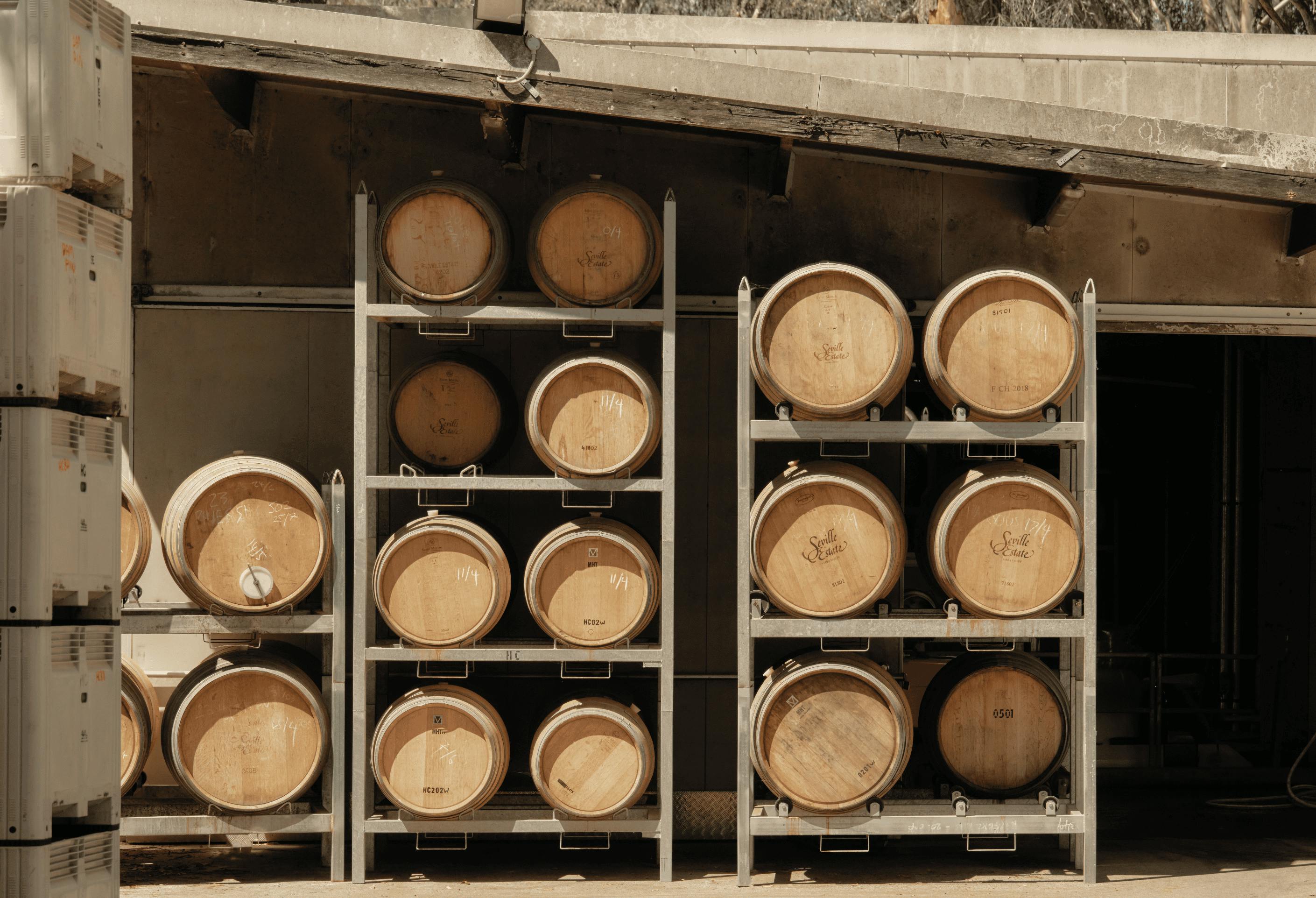
Learn more
Viticulture
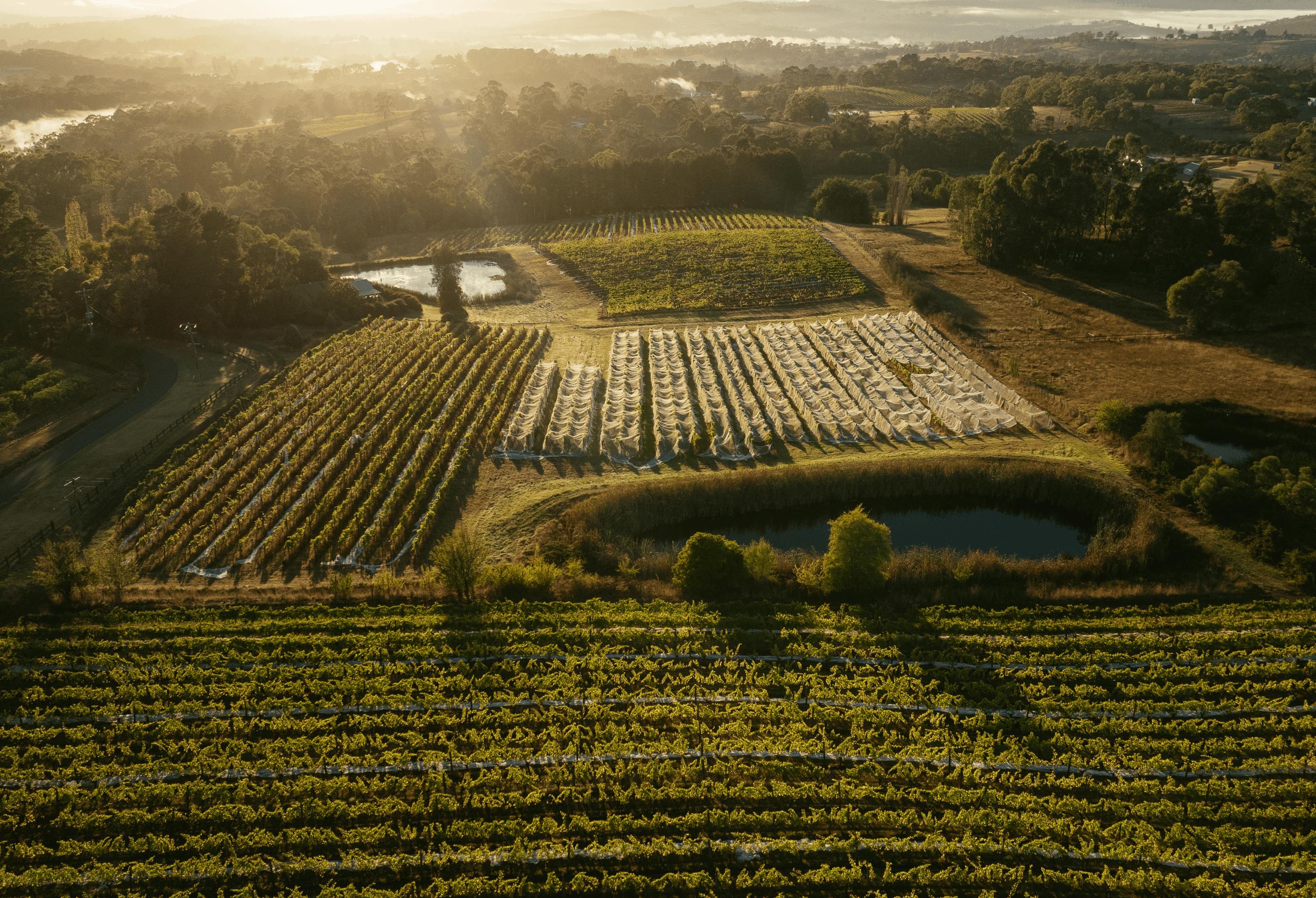
Learn more


